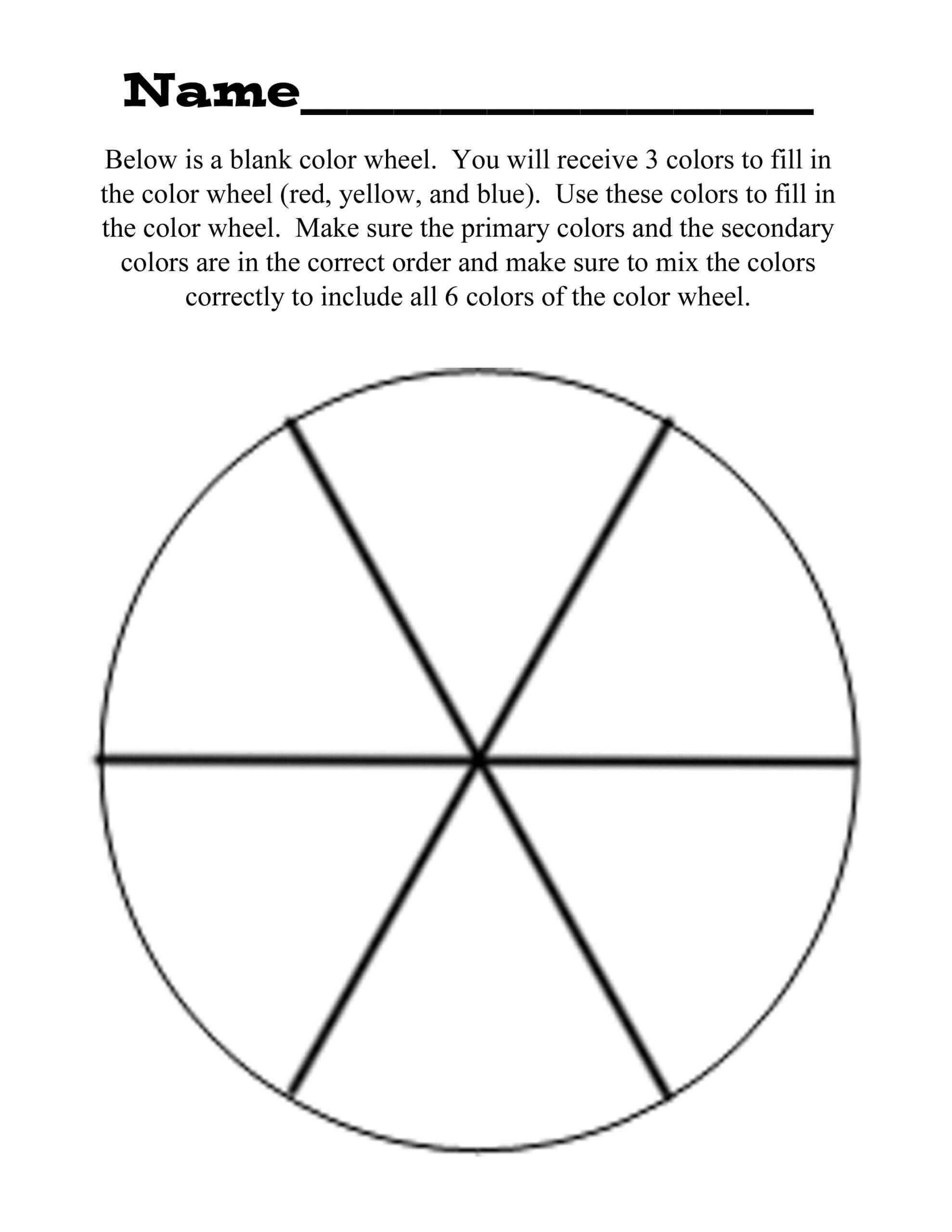Hey y’all!
Today we’re talking about the color wheel and how to use it in your art and design work. We’ve got an awesome resource for you - a blank color wheel worksheet that you can print out and use to practice your color mixing skills.
Blank Color Wheel Worksheet
 This worksheet is a great way to get started with color mixing. Simply print it out and fill in the colors of your choice. You can use it to practice mixing primary colors to create secondary colors, or to experiment with different shades of a single color. The possibilities are endless!
This worksheet is a great way to get started with color mixing. Simply print it out and fill in the colors of your choice. You can use it to practice mixing primary colors to create secondary colors, or to experiment with different shades of a single color. The possibilities are endless!
Using the Color Wheel
So now that you have your color wheel worksheet, let’s talk about how to use it. The color wheel is a tool that helps you understand color relationships and how colors work together. There are a few key concepts to keep in mind:
Complementary Colors
Complementary colors are opposite each other on the color wheel. When placed next to each other, they create a vibrant contrast. For example, red and green are complementary colors.
Analogous Colors
Analogous colors are next to each other on the color wheel. They create a harmonious, calming effect. For example, yellow, yellow-green, and green are analogous colors.
Triadic Colors
Triadic colors are evenly spaced around the color wheel. They create a dynamic, balanced effect. For example, red, yellow, and blue are triadic colors.
Applying the Color Wheel to Your Art and Design Work
Now that you have a basic understanding of color relationships, how can you apply this knowledge to your art and design work?
Creating Mood and Emotion
Colors can have a powerful effect on our emotions and moods. For example, warm colors like red and orange can create a feeling of excitement and energy, while cool colors like blue and green can create a feeling of calmness and serenity. By using the principles of color relationships, you can create a mood or emotion in your art or design work.
Adding Depth and Dimension
Using different shades, tints, and tones of a color can create depth and dimension in your art or design work. By understanding color relationships, you can create a sense of depth and dimension by using complementary colors or colors that are close together on the color wheel.
Creating Contrast and Visual Interest
Using complementary colors or colors that are far apart on the color wheel can create contrast and visual interest in your art or design work. By playing with color relationships, you can create a visually stunning piece that captures the eye.
Conclusion
The color wheel is an essential tool for any artist or designer. By understanding color relationships and how to use the color wheel, you can create artwork that is visually stunning and emotionally impactful. So go ahead and print out that blank color wheel worksheet and start experimenting with color!